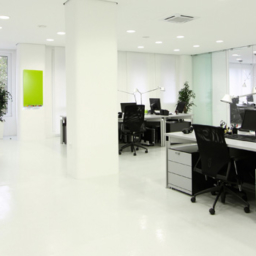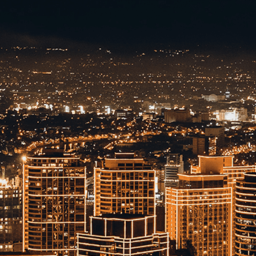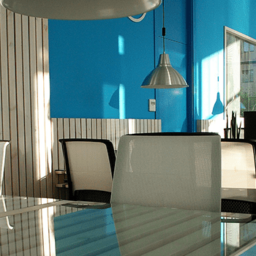By Yves De-Luis
There is increasing awareness and support to saving the planet. This makes LEED certification increasingly meaningful. LEED stands for “Leadership in Energy and Environmental Design”
LEED is an internationally recognized green building certification system, providing third-party verification that a building or community was designed and built, using strategies aimed at improving performance; across energy savings, water efficiency, CO2 emissions reduction, improved indoor environmental quality, and stewardship of resources and sensitivity to their impacts.
To be able to be LEED certified, the building must adhere to a set of specific energy principles and features. These include:
- Low -flow plumbing fixtures and water recycling initiatives that will cut water consumption by more than 70 percent when compared to a typical building.
- LEED certified buildings use reflective paving materials, energy efficient systems and fixtures, lights that automatically turn off when rooms are unoccupied or dim when enough daylight is available. This will reduce energy cost by as much as 16 percent.
- LEED certified buildings have highly efficient filtration system and automatic carbon dioxide monitoring system used to maintain a healthier indoor environment.
Under LEED 2009, buildings can qualify for four levels of certification based on points earned. Ranging from Certified (40 to 49 points), Silver (50 to 59 points), Gold (60 to 79 points) and Platinum (80 points and above). Points are distributed across major credit categories such as sustainable sites, water efficiency, energy and atmosphere, materials and resources and environmental friendly fit out. Prerequisites in each category receive no points and are mandatory for all projects.
Apart from the positive impact to the environment, LEED elements of the certified Building will also result in operational cost savings of up to 76% on water and 16% on energy usage.
Specific features include CO2 sensors for optimum quality of indoor air, daylight dimming system in common areas, double-paned, low E glass and ceramic frit for minimum heat gain, grey water collection, waste water management and use of recycled material.
Among the green office buildings in the Philippines that soon will offer office space for lease are the Zuellig building in Makati. Another office building for rent in Fort Bonifacio is the Sun Life Center located in the heart of Bonifacio’s Global City. All developments are now accepting pre-leases for tenants interested in efficient and environmental commercial space for rent.





